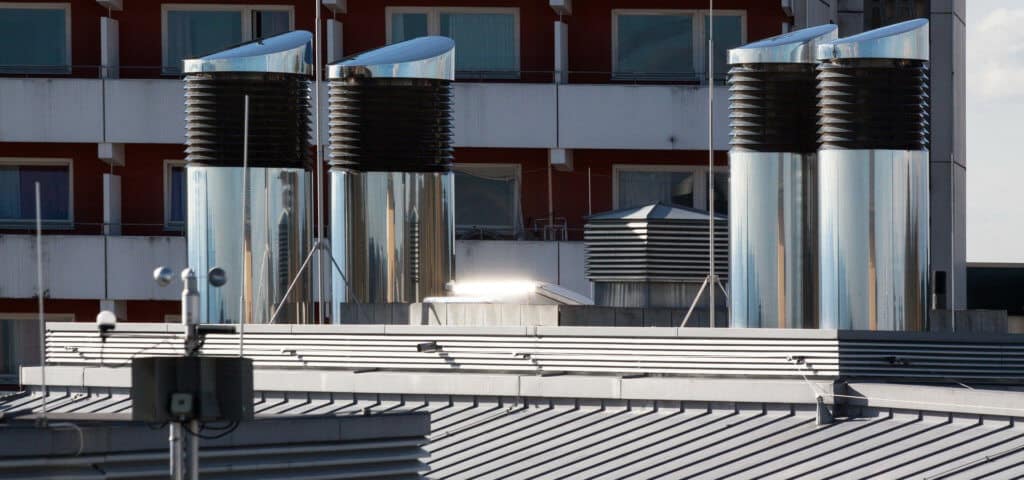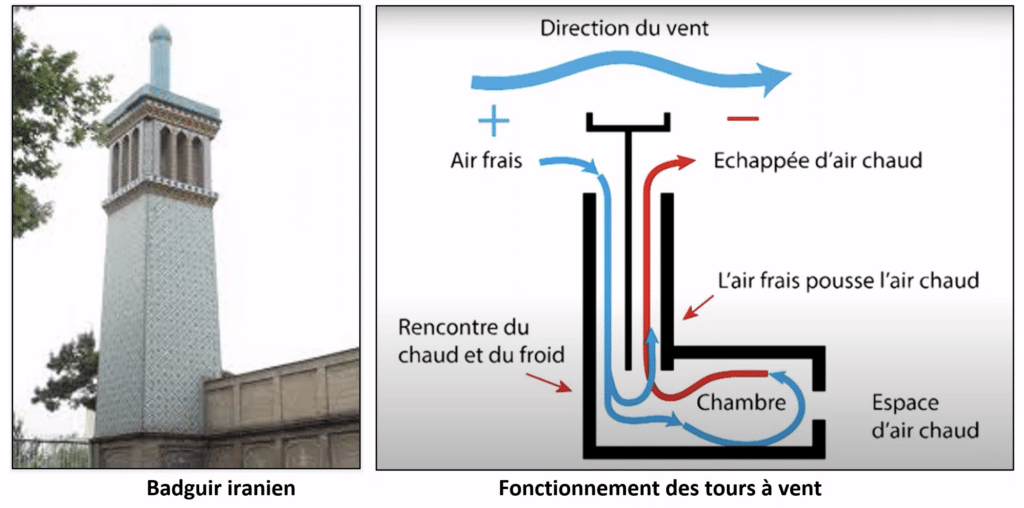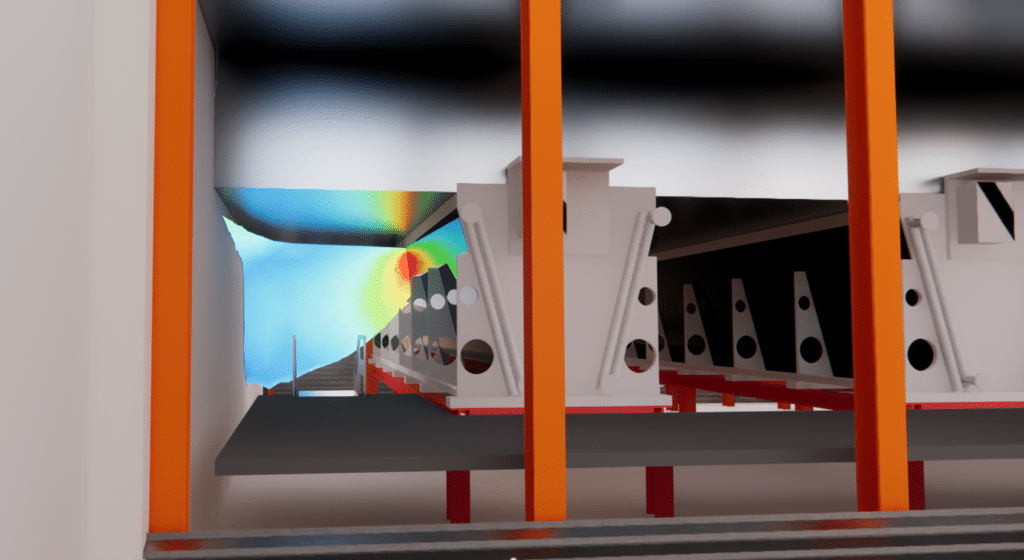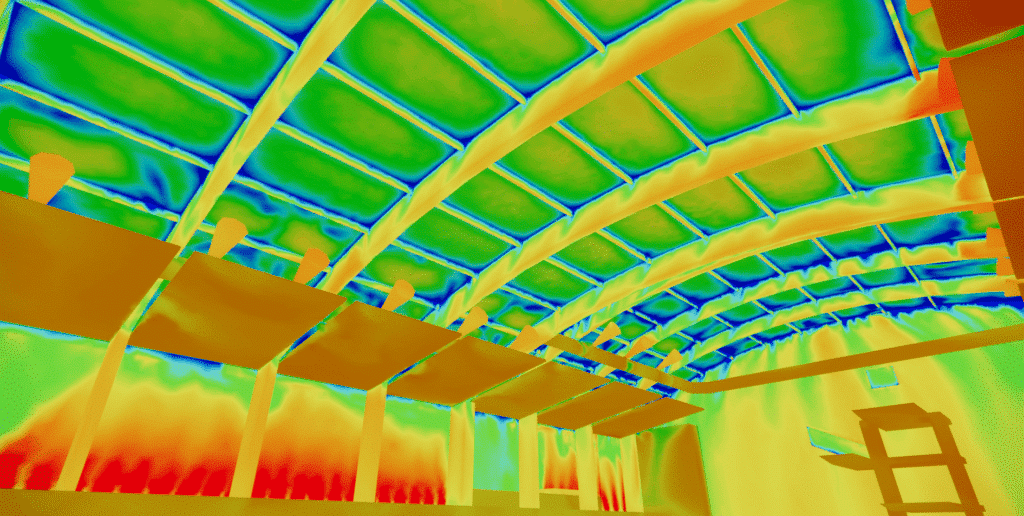Simulation of the aeraulics of swimming pools
EOLIOS helps you design healthy, long-lasting pools
Our recognized expertise in thermo-aerodynamics for swimming pools is dedicated to managers and designers of aquatic centers. Our studies help to improve air quality and prevent condensation.
- Site audit
- Aeraulic phenomena
- Comfort level assessment
- Site modeling
- Trichloramine study
- Condensation risk study
- Proven expertise
- Design assistance
- Personalized accompaniment
Our projects :
Technical file :
How does the aerodynamics of a pool work?
Atypical constructions with complex atmospheres
The infrastructures of the swimming pool type are constructions with very large spaces giving rise to complex aeraulic phenomena. In large enclosed spaces, issues related to indoor air quality, thermal comfort of occupants and energy efficiency are a major concern. Indeed, given the important frequentation of these places where the respiratory flows are more important for the reason of the practiced physical activity, these stakes are particularly important in the case of the sports installations like the indoor swimming pools.
However, it is difficult to control air quality and thermal comfort in such high humidity environments, especially for indoor pools which present a rather particular and complex environment due to the very specific aeraulic characteristics of the environment.
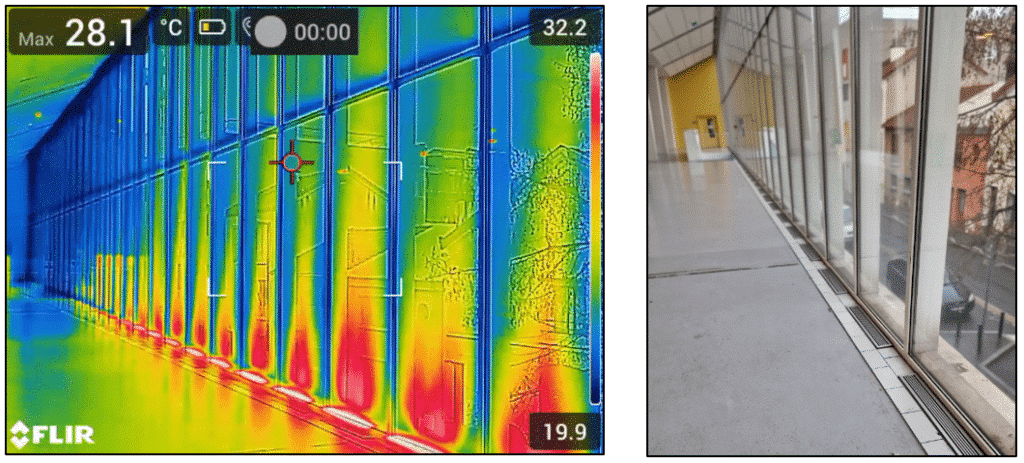
Air at the heart of condensation problems in swimming pools
The maintenance of hygrometric conditions is also an issue of durability of materials and structure over time. The internal hygrometric disorders which can involve zones of condensation and be reflected in the long term by migration of vapor in the walls.
In order to meet the requirements of air quality, thermal comfort, energy efficiency and humidity control, it is important to understand the mechanisms that shape the structure of air flow, and to master the various physical phenomena involved in the transfer of heat and water mass inside the pool.
Numerical study of the risks of condensation occurrence
Visit condensation from vapeur d‘eat is a préoccupyation importante for visit ingénieurs at génie air conditioningatique and at ventilation. Visit condensation is a processus où l‘humidity prsente dyears l‘air go to condense sWe forme from goutteleall d‘eat on from surfaces froides.
Visit condensation peut causer from dommages at bâtiments and at matériat and provoquer from aesthetic problems on glazing. By conséquent, it is important d‘etudier visit facteurs which influathundred the condensation and from recherdear from moyens d‘éviter this problème.
The simulations the risk of condensation appearing from vapeur d‘eat compmakes the recherche from facteurs which influathundred the condensation and l‘identification from stratégies for empêdear its training.
How to improve air quality and effectively treat trichloramine in swimming pools?
What is trichloramine?
Changes in the level of nitrogen trichloride, also known as trichloramine, are closely linked to changes in airflow. Trichloramine is a chemical compound formed when the chemicals used to treat water, mainly chlorine, react with urine, perspiration and other organic waste produced by bathers.
Trichloramine can cause eye and respiratory irritation, as well as headaches and other allergy symptoms. It is important to control the levels of trichloramine in a pool by using appropriate chemicals and by regularly changing the air to remove the harmful gases.
How to treat the level of trichloramine in a pool?
Effective ventilation can help reduce trichloramine levels by renewing the air and removing potentially harmful gases. It is essential to regulate the level of trichloramine in the air in order to maintain the comfort conditions of the users and the personnel.
CFD simulation of a swimming pool - Study of aeraulics and trichloramine
Why the use of CFD allows to answer the problems of trichloramine?
CFD simulation allows to efficiently characterize the distribution of trichloramine in space. The quality of the calculation results depends on the input data and in particular on the quality of the physicochemical emission laws. In reality, the emission law is dynamic and can depend on the ambient temperature and hygrometry. Different levels of modeling complexity are thus possible, the first level being to use constant laws to integrate the diffusion of pollutant. It is then possible to compare different ventilation systems and identify the areas impacted by over-concentration of trichloramine.
Why is the use of CFD simulation necessary to validate the design of swimming pools?
Control airflow in large spaces: stable temperatures, prevention of condensation and elimination of harmful substances.
The issue of the control of the aeraulics within large spaces such as swimming pools are a necessity in order to guarantee a maintenance of the temperatures, to reduce the risks of condensation which can involve a disintegration of the materials as well as the evacuation of trichloramine which can be harmful. However, the aeraulics of large spaces is very complex to understand and errors or misjudgment of a design parameter are relatively common.
Optimizing the aeraulics of large spaces with CFD: a precise, cost-effective approach to designing and controlling fluid flows.
EOLIOS, a CFD design office specialized in the aeraulics of large spaces, proposes an approach capable of meeting these demands through the use of CFD codes (Computational Fluid Dynamics) which involve a numerical solution of the equations governing the physics of the flow. CFD is a sophisticated analysis technique, it allows to study not only the behavior of fluid flow, but alsoheat and water mass transfer. CFD analysis allows for design optimization, reducing the need for costly and time-consuming physical testing.
CFD simulation of a swimming pool - Study of aeraulics and condensation risks
Climate engineering : on the same subject

Thermal draft effect
Find out more

